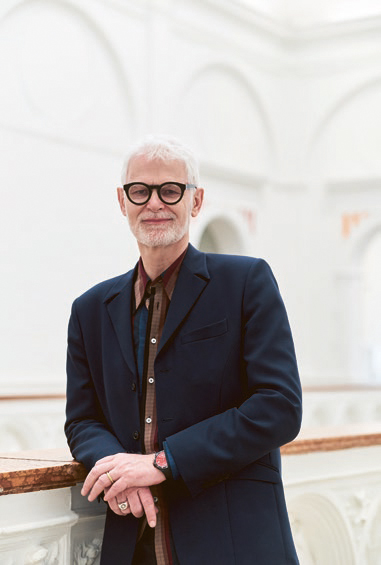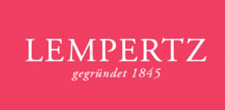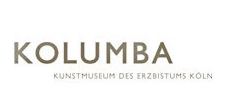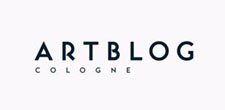EDITORIAL # 49
Stedelijk Museum Amsterdam
Rein Wolfs

Lieber Rein Wolfs, zu Ihrem Antritt betonten Sie in einem Statement, dass das Stedelijk Museum nicht nur jedem einzelnen Besucher, sondern auch der Stadt und den Niederlanden gehört. Welche Erwartungen haben die Bürger der Stadt, aber auch des Landes an das Museum?
Das Stedelijk gilt seit vielen Jahrzehnten als das wichtigste Museum für moderne und zeitgenössische Kunst und Gestaltung. Die Sammlung gilt als einzigartig. Gleichwohl ist das Museum eine traditionell westlich geprägte Institution, mit einer hauptsächlich westeuropäischen und nordamerikanischen Sammlung, abgesehen von den wichtigen Malewitsch Beständen. Die Erwartungshaltung in der Stadt und im Land ist sehr gross, aber auch sehr zweigeteilt. Die Einen erwarten Blockbuster aus der Sammlung heraus, die Anderen erwarten gerade vom Stedelijk Museum viel größere Schritte in Sachen Dekolonalisierung, Genderbalance, Globalisierung usw. Die Fronten sind stark, die Cancel Culture ist im Lande sehr präsent. Wenn wir tatsächlich für alle da sein wollen, müssen wir auch andere Narrative ins Museum bringen. Erst dann können viel mehr Menschen sich auch hier repräsentiert fühlen.
Dear Rein Wolfs, when you took office you emphasized in a statement that the Stedelijk Museum not only belongs to every single visitor, but also to the city and the Netherlands. What expectations do the citizens of the city, as well as the country, have of the museum?
For many decades, the Stedelijk has been considered the most important museum for modern and contemporary art and design. The collection is unique. Nonetheless, the museum is a traditionally Western institu-tion with a mainly Western European and North American collection, apart from the important works by Malevich. The expecta-tions in the city and in the country are very high, but also very divided. Some expect blockbusters from the collection, while others expect the Stedelijk Museum to take much bigger steps regarding decoloni-zation, gender balance, globalization, etc. The fronts are strong, and cancel culture is very present in the country. If we really want to serve everyone, we also have to bring other narratives into the museum. Only then can many more people feel represented here as well.

Mit bevorstehenden Ausstellungsprojekten – wie etwa zur Schule von Suriname (Surinaamse School) oder auch zum 125 Gründungsjubiläum des Museums – bekräftigt Ihr Statement ebenso ein historisches Bewusstsein und einen für die Niederlande charakteristischen Gemeinschaftssinn. Welches sind weitere Kennzeichen der niederländischen Kunst- und Kulturlandschaft?
Die niederländische Kunst- und Kultur-landschaft steht momentan tatsächlich im Zeichen der Inklusion im breitesten Sinne, der notwendigen Globalisierungswandel der Museen. Im Sammlungsbereich unternehmen wir da gerade vieles um starke dekolonisierende Signale abzugeben. Im Ausstellungsbereich diversifizieren wir uns auch. Einerseits mit einer Ausstellung zur Kunst aus Surinam 1880–1980, anderseits aber auch mit einer großen Retrospektive wie die von Nam June Paik, die noch bis zum 4. Oktober zu sehen ist. Im Herbst eröffnen wir auch eine Retros-pektive zum Oeuvre von Ulay, der über vierzig Jahre in Amsterdam gelebt hat und zum Teil zusammen mit Marina Abramovic die Performancekunst prägte. Ulays Werke über Gender und Identität waren weg-weisend und seine Bedeutung für die Entwicklung der time based media, die im Stedelijk sehr früh und breit gesammelt wurden, ist sehr groß.
With upcoming exhibition projects on the Surinamese School and the 125th anniversary of the museum, your statement also empha-sizes a historical awareness and a sense of community that is characteristic of the Nether-lands. What are other characteristics of the Dutch art and cultural landscape?
The Dutch art and cultural landscape is currently working toward inclusion in the broadest sense, the necessary shift toward globalization in museums. In the collections, we are doing a lot to send strong decolo-nizing signals. We are also diversifying our exhibitions—on the one hand with an exhi-bition on art from Suriname between 1880 and 1980, and on the other hand with a major retrospective by Nam June Paik, which is on view until October 4. In autumn we will also open a retrospective on the oeuvre of Ulay, who lived in Amsterdam for over forty years and who was influential in per-formance art along with Marina Abramovic. Ulay’s works on gender and identity were groundbreaking, and he was of great im-portance for the development of time-based media, which were collected very early and widely at the Stedelijk.

Mit international renommierten Sammlungen, Galerien und Museen zeichnen sich die Niederlande durch ein reiches und bedeutungsvolles Netz von Kunstzentren aus.
Mit welchen persönlichen Highlights und Besonderheiten würden Sie die 12 Provinzen der Niederlande vorstellen?
Da gibt’s die großen Museen im Lande, wie z.B. das Museum auf der grünen Wiese unweit von Deutschland, das Kröller Müller, mit seinem Skulpturengarten und grosser Van Gogh-Sammlung, das Bonnefanten-museum in Maastricht im Aldo Rossi-Bau, momentan gibt es die große Gregor Schneider Ausstellung im West in Den Haag, in der ehemaligen amerikanische Botschaft, gebaut von Marcel Breuer. Dann gibt es die bedeutende Sammlung an Land Art-Werken im Flevopolder, das Groninger Museum in seinem postmodernen Bau. Und vieles, vieles mehr…
With internationally renowned collections, galleries, and museums, the Netherlands has a rich and meaningful network of art centers. What personal highlights and particularities would you cite to present the 12 provinces of the Netherlands?
There are the country’s major museums, such as the museum on the green meadow not far from Germany, the Kröller-Müller, with its sculpture garden and large Van Gogh collection; the Bonnefanten in Maastricht in the Aldo Rossi building; and currently there is a major Gregor Schneider exhibition in West in The Hague, in the former American Embassy built by Marcel Breuer. Then there is the important collection of Land Art works in the Flevopolder, the Groninger Museum in its postmodern building, and much, much more . . .












